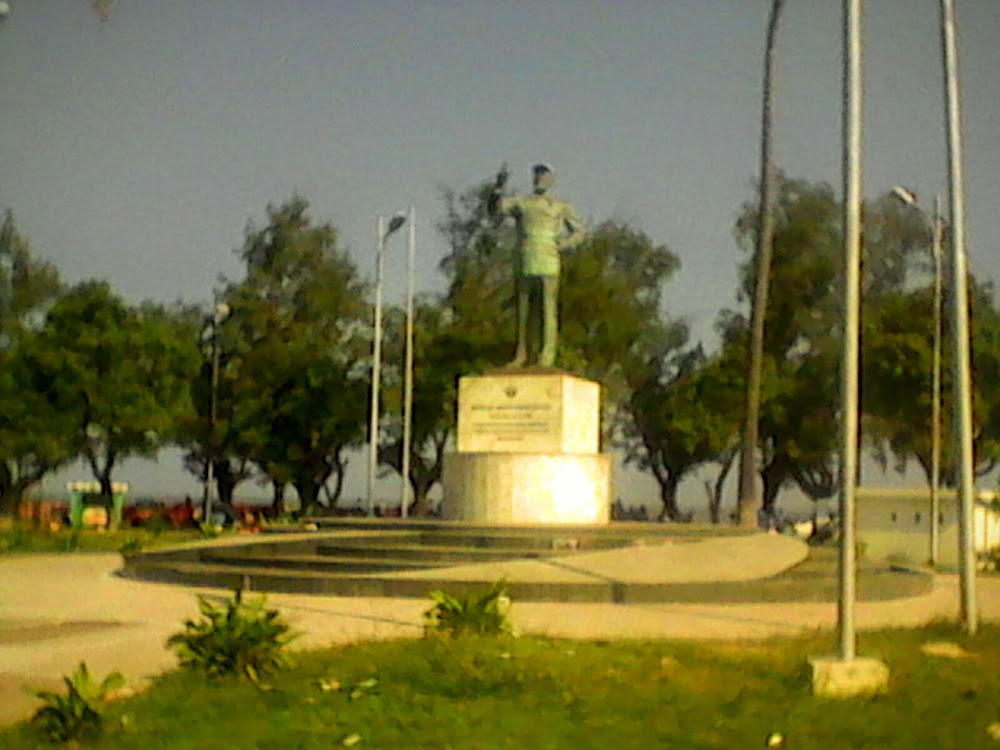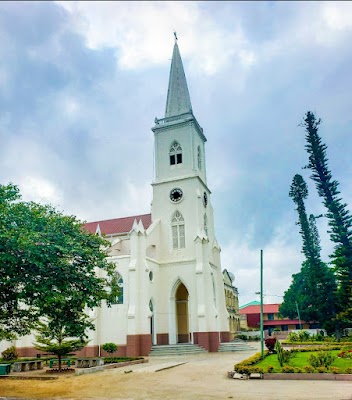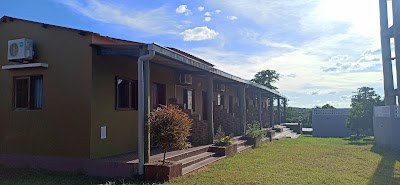Ponta Gêa (Ponta Gêa)
Overview
**Ponta Gea: A Cultural Gem in Beira, Mozambique**
Ponta Gea is a captivating neighborhood nestled within Beira, the capital city of Sofala Province in Mozambique. Established in the late 19th century, Beira boasts a rich historical legacy rooted in its strategic importance as a port city. Ponta Gea, one of Beira's oldest neighborhoods, reflects this vibrant history and serves as a testament to the region's cultural and architectural heritage.
The development of Ponta Gea took place during the colonial era when Mozambique was under Portuguese rule. The neighborhood is characterized by its distinctive colonial architecture, with many buildings constructed during this period. These structures often feature expansive verandas, soaring ceilings, and intricate ironwork, all designed to adapt to the region's tropical climate. Additionally, spacious courtyards and lush gardens provide a serene oasis amid the bustling city life.
Following the establishment of the port of Beira in 1890, Ponta Gea emerged as a residential hub for Portuguese officials, merchants, and expatriates. This growth fostered the creation of well-planned streets and public spaces, utilizing local materials like stone and timber alongside imported construction techniques. The architectural designs often incorporated high windows and doors to enhance airflow and mitigate the humid heat of the region.
As time progressed, the community of Ponta Gea evolved and diversified. During the mid-20th century, as Mozambique approached independence, the neighborhood began to showcase a blend of architectural styles, marrying traditional Portuguese designs with local influences and modernist elements. The construction of schools, hospitals, and public buildings further contributed to the area’s development, serving the needs of the growing local population.
Today, the architecture of Ponta Gea stands as a picturesque blend of its historical roots and contemporary enhancements. Many colonial buildings have been meticulously preserved and restored, maintaining the neighborhood's character. These restorations often highlight original features such as hand-carved woodwork, ceramic tiles, and wrought iron balconies. Newer constructions are designed to complement the older architecture, creating a harmonious aesthetic that resonates throughout the neighborhood.
Community life in Ponta Gea is vibrant and engaging, with a variety of cultural events, markets, and local businesses forming the heartbeat of daily activities. The area is celebrated for its welcoming atmosphere, where both locals and visitors can immerse themselves in the rich cultural tapestry Ponta Gea has to offer. Traditional Mozambican arts, crafts, and cuisine are prominently featured, enhancing the neighborhood's cultural significance.
One notable landmark in Ponta Gea is the **Casa Infante de Sagres**, a historic colonial house that has been transformed into a cultural center. This venue exemplifies the area's historical richness and hosts a range of artistic and educational activities. Nearby, the **Praça do Adulto** serves as a central square where residents gather for community events and social interactions.
The preservation and maintenance of Ponta Gea require ongoing efforts, particularly in light of challenges posed by climate change and urban development pressures. Local authorities, communities, and international organizations play a vital role in promoting sustainable practices and protecting the neighborhood’s heritage. These initiatives aim to strike a balance between modernization and the preservation of historical landmarks, ensuring that Ponta Gea retains its unique identity for generations to come.
In conclusion, Ponta Gea in Beira, Sofala Province, Mozambique, is a neighborhood rich in history and cultural heritage. From its colonial-era architecture to its lively community spirit, the area offers a unique glimpse into the past while embracing the future. Through dedicated preservation efforts and community engagement, Ponta Gea continues to be a cherished part of Beira’s urban landscape, inviting exploration and appreciation.





